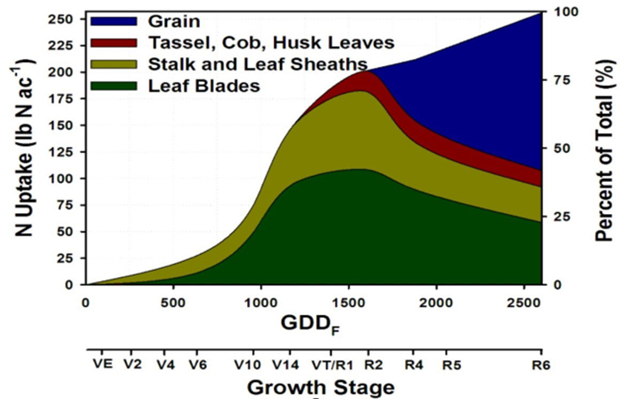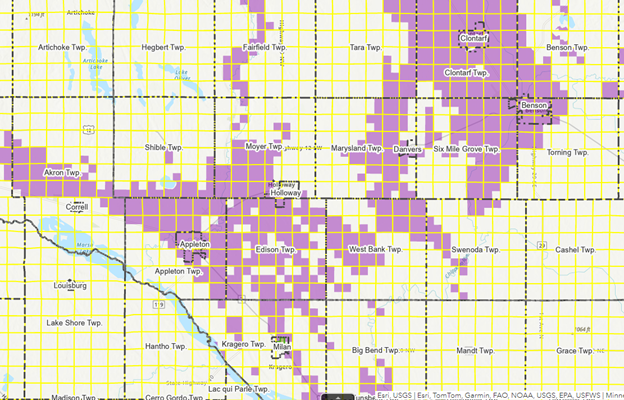1-800-368-3310 520 COUNTY RD 9, HOLLOWAY, MN 56249
Tuesday Oct. 22nd
Twin Brooks 8am-8pm
Holloway and Appleton 8 am - 7 pm
Contact us to sign up for text messages
about our hours and other important updates.
| Name | Cash Price | Price Change |
|---|---|---|
| HOLLOWAY | ||
| APPLETON | ||
| MILBANK | ||
| DLVD AGP DAWSON | ||
| DLVD AGP ABERDEEN |
All grain prices are subject to change at any time.
Cash bids are based on 10-minute delayed futures prices, unless otherwise noted.
Western Consolidated Coop will not accept grains, oilseeds or wheat containing transgenic events not approved for U.S. export markets; such markets to include, but are not limited to Canada, China, South Korea, the European Union, Japan and Mexico.
Western Consolidated Coop has ZERO TOLERANCE for treated seed occuring in grain. Make sure all equipment is thoroughly cleaned and inspected before using it for grain.
2024 Harvest Polices
Twin Brooks is not taking wheat until after
corn and bean harvest.
Appleton is taking milling Quaility Wheat only during corn and bean harvest. We need a FGIS sample before dumping any wheat.
____________ _ ____ __________________ ______________
Agronomy Hours
Monday - Friday 7:30am - 5:00pm
__________________________________________________________

Fall Nitrogen
With harvest if full force and fall tillage underway and soil temps starting to fall, fertilizing for the 2025 crop is in full force. Putting phosphate and potassium and even some micronutrients out in the fall is and continues to be a good practice as it gives these products time to break down, being spread in the soil with the tillage passes and it also takes some of the busy spring work load off. Putting Nitrogen out in the fall however, still tends to be a controversial idea because we don’t know if what we put out in the fall via NH3, or Urea will be there when the plant needs it in the spring because of leaching or volatilization.

Above is a Nitrogen demand diagram with the plant stage and GDU’s. As you can see we need the Nitrogen to stay put for a long time, as we don’t start to see the major demand start until V8-V10 which on average comes around the mid-June timeframe usually. Generally, we see better utilization of a multiple pass program for N starting with a spring preplant application followed by a side/top dress application closer to the beginning of the demand period. This tends to lead to more bushels and more efficient N usage.
If you still are leaning towards a fall N application here are some things to consider.
First thing is we have to make sure that a fall application is permitted as there are some areas that a fall N application is prohibited. Below is a link to the MDA’s interactive map to see if your field falls in the prohibited area. Also, an example of the map that you will find.
https://mnag.maps.arcgis.com/apps/webappviewer/index.html?id=47a342afe6654640b935c8e76023da92

If you are able to and are going to apply N in the fall, here are a few things we can do to improve our odds of retaining the nitrogen until spring when we need it.
First and foremost – Ensure the soil temps have cooled to below 50 degrees Fahrenheit.
Encapsulated Nitrogen – PurYield 1 Polymer coated Urea (45-0-0). This like ESN, is encapsulated which protects and won’t release N until there is enough moisture to do so. It is a better option in the fall, as well as if your doing a single pass in the spring to blend with Urea to extend N availability to the plant
Nitrogen Stabilizers – Products like Instinct Next Gen for Urea or UAN, or if you’re using NH3 it would be N-Serve. These are a urease inhibitor and will help to prevent the N from converting from the ammonium form to the nitrate form which keeps it from leaching through the profile. These are designed to treat the soil, not the product.
Check with your agronomist for more information on the best Nitrogen program for your operation.


With Grower 360, you can view your scale tickets,
grain assembly sheets, contracts, agronomy bookings,
field maps, statements and invoices
online through our website.
Please Contact
Kelly Nielsen (ext. 1254)
or Al Connell (ext. 1231)
To set up and activate your
Grower 360 Account












.png)









